Seed Grant Summer 2023 Report
Garth Sabo and Matt Rossi
Background and Context
Corey Marsh Ecological Research Center (CMERC) is a 400-acre parcel of land in Bath, Michigan, that is as noteworthy for its past as its future. The plot is the only remaining portion of the original MSU land grant that is non-contiguous with the East Lansing campus. For decades, the marsh served as the university’s Muck Soils Research Farm, but since 2018 it has been repurposed as an ecological research station thanks to the efforts of Dr. Jen Owen (MSU Department of Fisheries and Wildlife), who has reimagined the marsh as a site of research and engagement for MSU and the surrounding communities. The marsh is currently home to more than a dozen ongoing research projects run by faculty, community partners, and MSU students (graduate and undergraduate), covering topics like indigenous cultivation practices for wild rice, migratory bird tracking, and water quality analyses. These initiatives skew heavily toward STEM disciplines, and so the ways of knowing currently privileged within the marsh tend to be scientific in method.
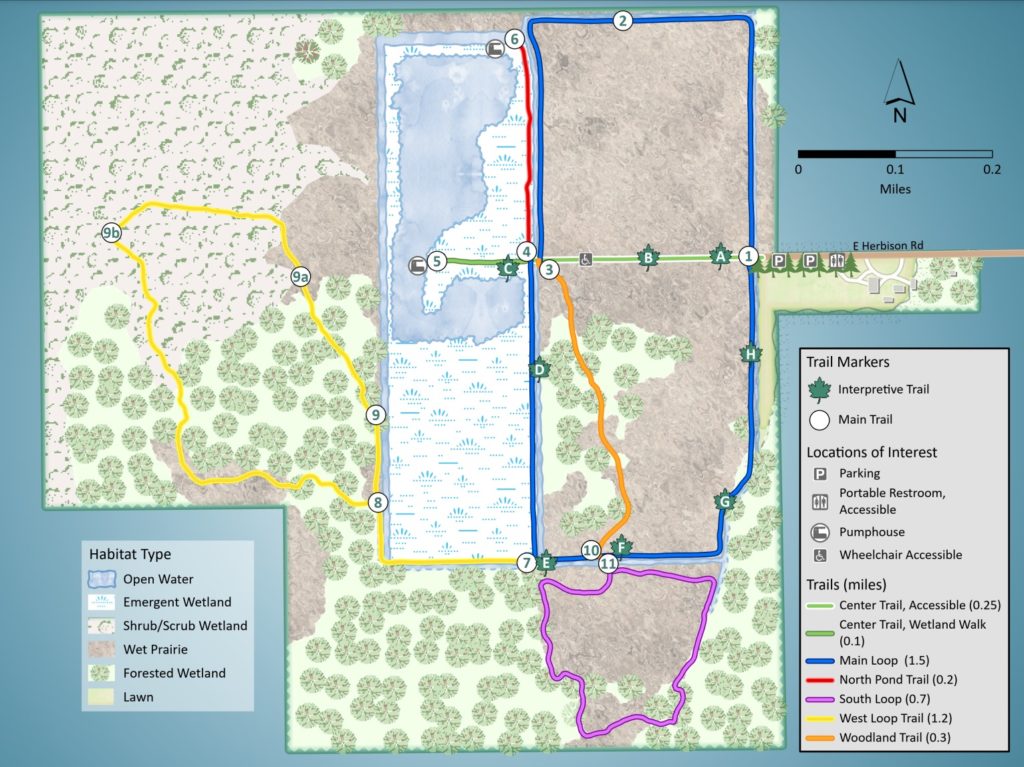
“Marsh Time” is intended to supplement (not supplant) these existing projects with opportunities to engage with and understand Corey Marsh through creative means and humanistic epistemologies. Our goals, broadly construed, were to:
- Preserve a sense of wonder that cannot be quantified.
- Bring the arts and humanities to the marsh without interrupting, changing, or interfering with the marsh itself by doing so.
- Deploy digital humanities methods in pursuit of these goals (without drawing visitors’ gaze from the marsh to their phones).
Project Description
We used our seed grant funding to install and maintain two major pieces of equipment at the center of the marsh, near Trail Marker 4 at the end of the Accessible Center Trail to ensure the widest audience and to best reflect usage patterns within the marsh.
Marsh Photographs
We placed time-lapse trail cameras, oriented east and west respectively. These cameras were programmed to capture photographic images of the marsh at three-hour intervals, starting at midnight and again at 3 am, 6 am, 9 am, 12 pm, 3 pm, 6 pm, and 9 pm every day.
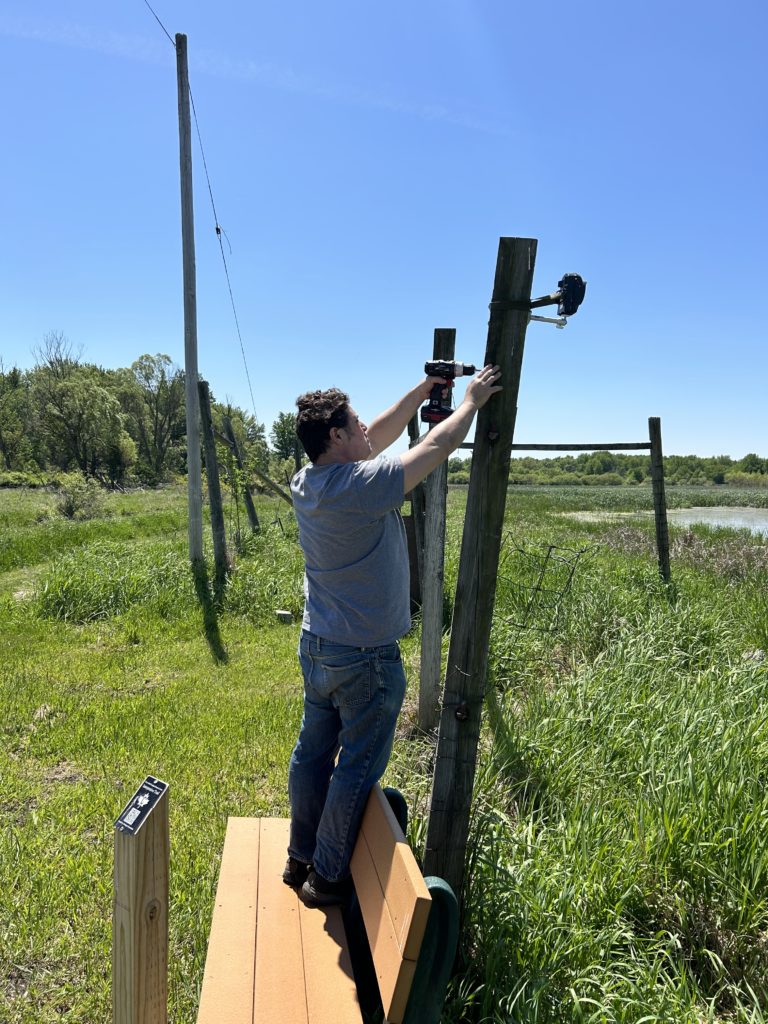
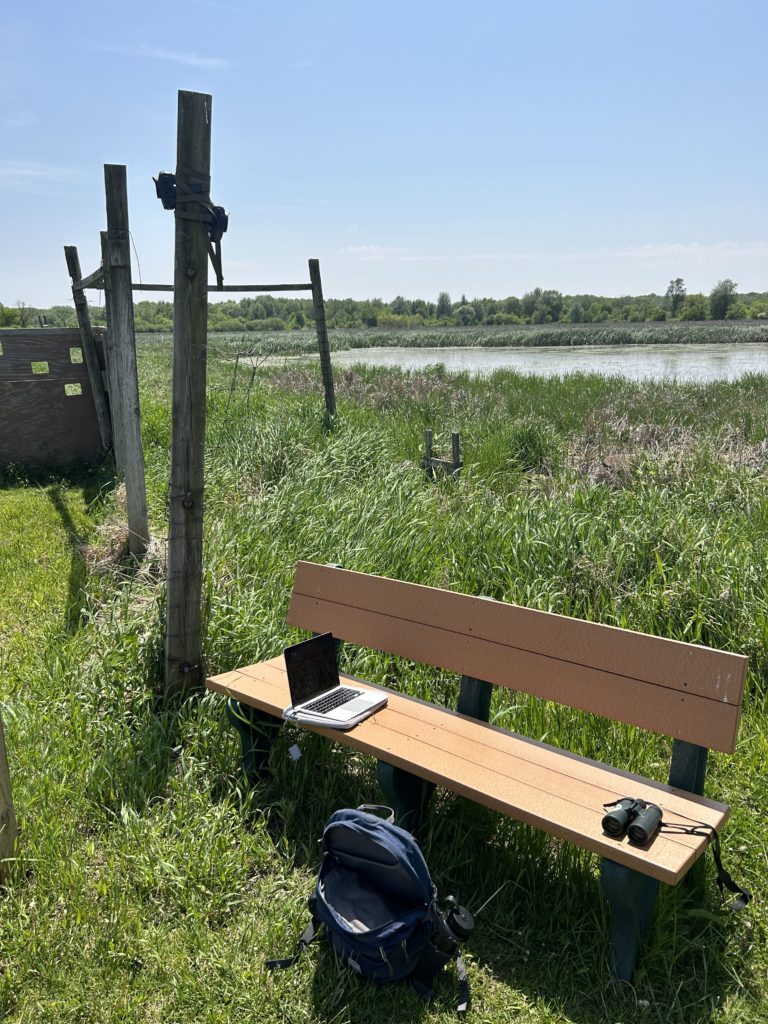
We used two open-source image analysis tools for the corpus we generated this way, which comprised 16 images per day throughout the image collection period. The first is Zach Whalen’s Image Macroanalysis in Javascript (IMJ) tool, which creates visualizations for large image sets. The second is Azer Bulbul’s Average Color Generator, which determines the average color for each image in any uploaded image set.

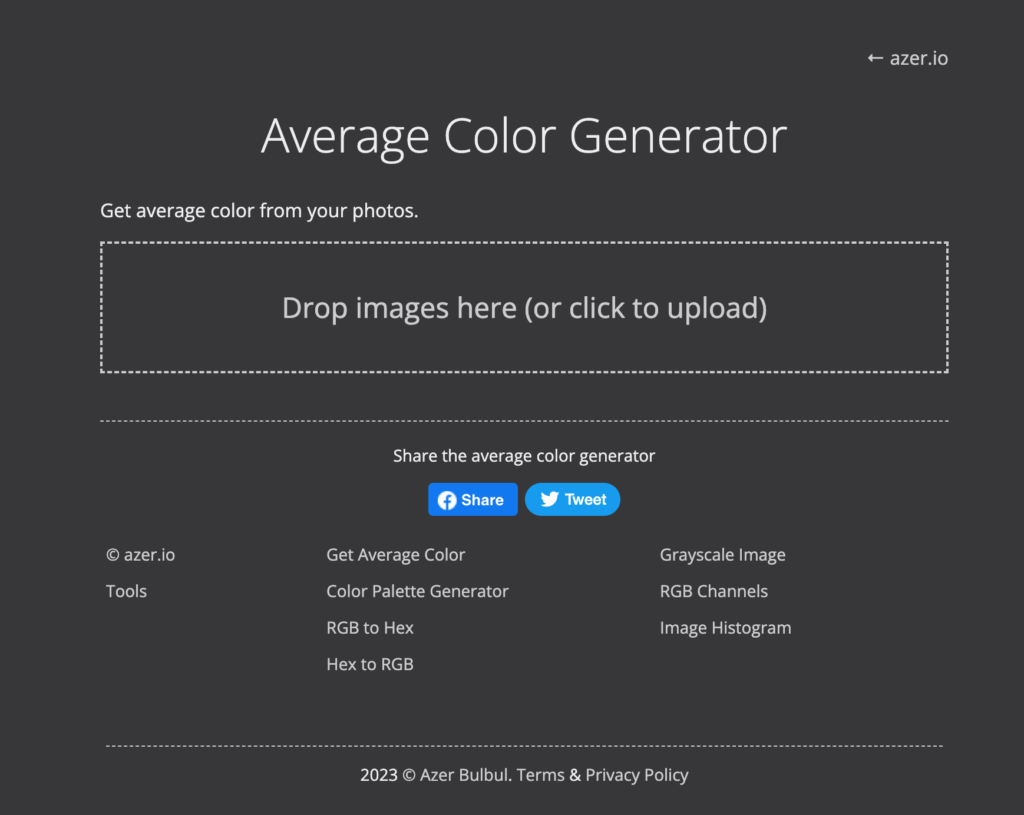
Poetry Installation
In addition to the trail cameras mentioned above, we also designed a poetry display to be installed in the bird blind that is also located at Trail Marker 4. This portion of the project aims to activate multiple overlapping perceptions of time in the marsh, and to foreground the utility of literary texts as a means for achieving this kind of simultaneity.
We selected the Canadian-Mohawk writer Emily Pauline Johnson’s 1895 poem “Marshlands” for display, which reads as follows:
“Marshlands” by Emily Pauline Johnson
A thin wet sky, that yellows at the rim,
And meets with sun-lost lip the marsh’s brim.The pools low lying, dank with moss and mould,
Glint through their mildews like large cups of gold.Among the wild rice in the still lagoon,
In monotone the lizard shrills his tune.The wild goose, homing, seeks a sheltering,
Where rushes grow, and oozing lichens cling.Late cranes with heavy wing, and lazy flight,
Sail up the silence with the nearing night.And like a spirit, swathed in some soft veil,
Steals twilight and its shadows o’er the swale.Hushed lie the sedges, and the vapours creep,
Thick, grey and humid, while the marshes sleep.
Our selection of “Marshlands” was motivated, first, by the obvious subject matter relevance to Corey Marsh. A substantial secondary factor included the historical context of its publication in 1895, which is the same year that Michigan State (then called State Agricultural College) hired its first-ever female professor. We intended for these two contexts to spark visitors’ reflections on the marsh in the immediate present as well as in the context of MSU’s institutional history.
We further noted that the relationship between the year 2023 and the time elapsed since 1895 is roughly equal to the ratio of that roughly 120-year time frame to the millennia that have elapsed since the glacial period that formed the marsh. With this, we seized upon the poem’s 14-line structure as an opportunity to visualize these glacial timeframes, which would be difficult to conceptualize otherwise. We utilized a suite of software, including VCarve Pro, to apply specific physical dimensions to the stanzas of “Marshlands,” so that each stanza will take up 9.8 inches of space – which means that the physical space the poem takes up on the installation will be equal to the distance the glacier that formed Corey Marsh would travel in one week.
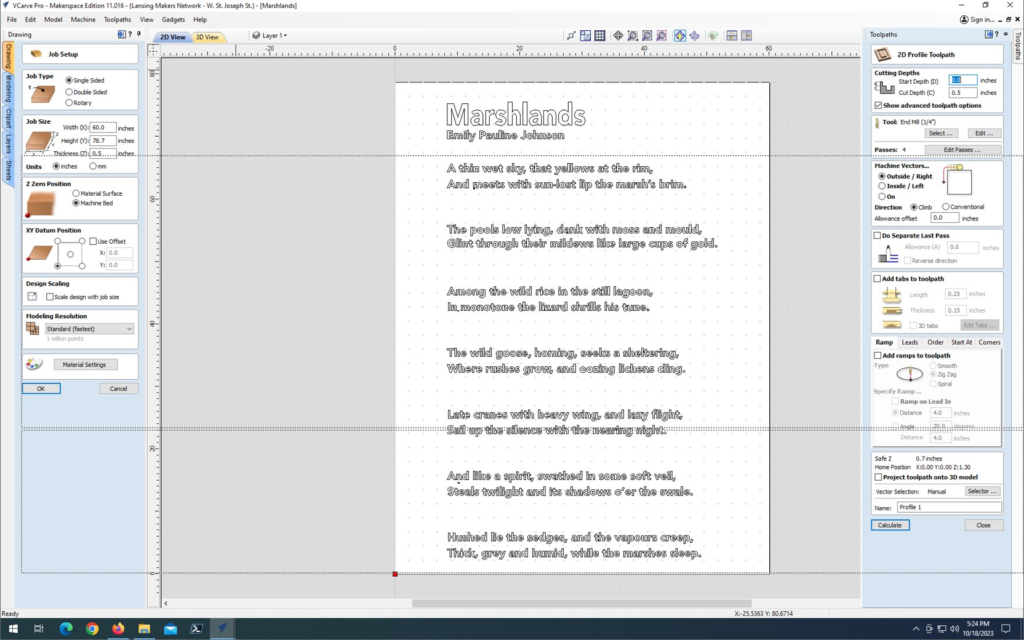

Our plan is to feed these dimensions into the Lansing Maker Network’s computer numerical control (CNC) router, which will allow us to carve the poem into wood salvaged from trees felled in Corey Marsh with the exact dimensions articulated above.

Project Outcomes
Work on this project is ongoing, but initial outcomes are encouraging. The images compiled from our trail cameras explore new ways of representing the time and space of Corey Marsh, as suggested by the examples below.
The month of June 2023 (facing east), with one day per second.
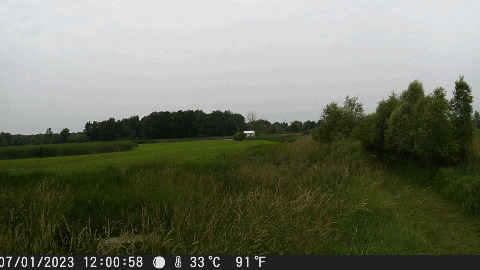
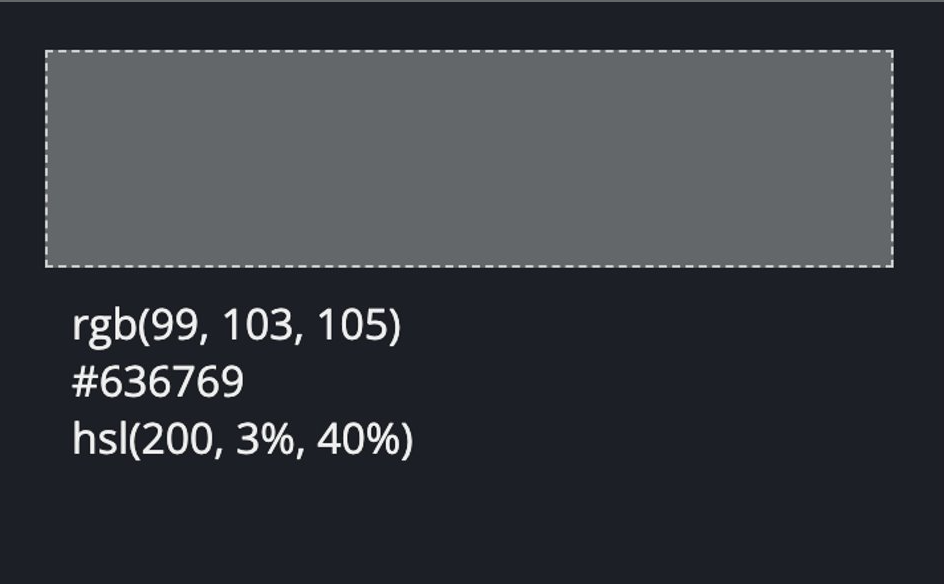
We particularly sought opportunities to make manifest the cyclical nature of time in wetland environments such as this, and our use of IMJ was meant to capture a balance between the dynamics of individual images in the marsh and the reliability of time as it unfolds in more seasonal patterns. We envisioned average color analysis as a way to further abstract human visitors’ experiences of the marsh, with the goal of eventually producing a chromatic calendar of the area that could express the passage of time based on the landscape’s dominant colors.
We are still in the process of cutting and installing the poem based on the CNC specifications described above. This delay is primarily attributable to uncertainty regarding the long-term status of the bird blind and additional challenges associated with securing access to the Corey Marsh salvage wood, but we feel that this local connection is substantial enough to remain committed to despite the timeline challenges.
Moving forward, this project will find a digital home on the Corey Marsh Ecological Research Center’s website, which allow the materials generated through this Seed Grant funding to be widely available without inhibiting the physical spaces of the marsh we mean to celebrate. We are exploring opportunities to expand the photographic and color analysis projects to potentially accommodate externally submitted photographs, and we are also in the process of extending the image capture period to allow the chromatic calendar to cover an entire calendar year. Elements of this ongoing project have been funded by an MSU Lilly Fellowship, which we point to here in closing to show that the project seeded by DH@MSU funding continues to grow in new and exciting ways into the future.
